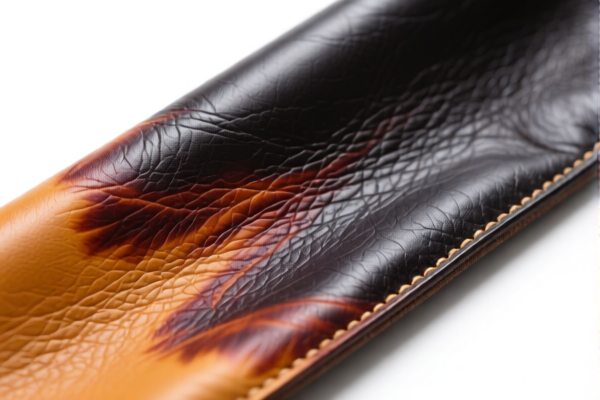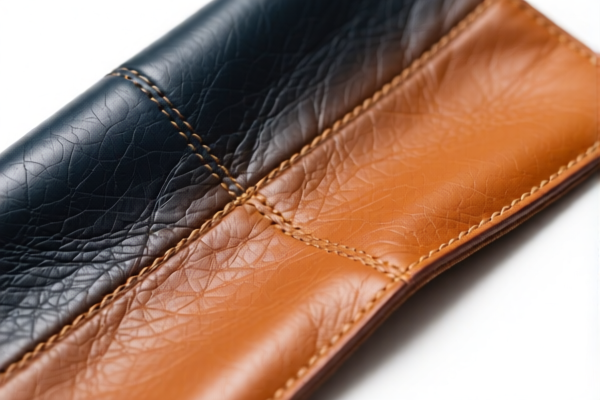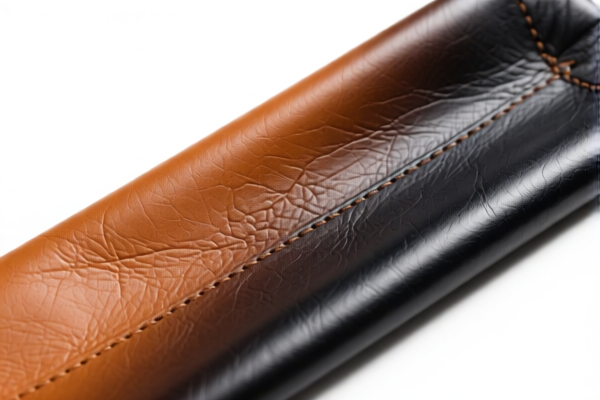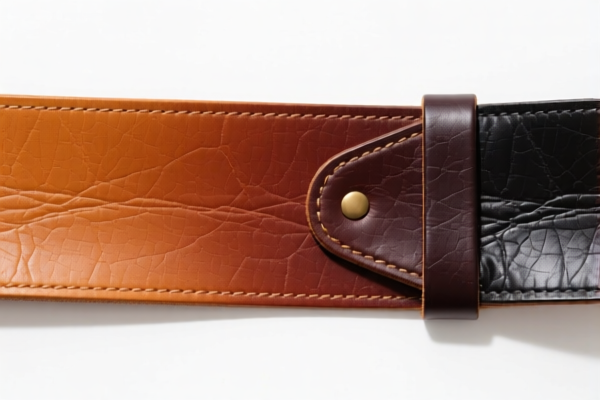| HS Code | Official Doc | Tariff Rate | Origin | Destination | Effective Date |
|---|---|---|---|---|---|
| 4201003000 | Doc | 57.4% | CN | US | 2025-05-12 |
| 4201006000 | Doc | 57.8% | CN | US | 2025-05-12 |
| 4203300000 | Doc | 57.7% | CN | US | 2025-05-12 |
| 4203406000 | Doc | 55.0% | CN | US | 2025-05-12 |
| 6405100030 | Doc | 47.5% | CN | US | 2025-05-12 |
| 6405100060 | Doc | 47.5% | CN | US | 2025-05-12 |




Leather Digger
A leather digger is a specialized hand tool used in archaeology, geology, and historical research for excavating and cleaning delicate finds, particularly those embedded in soft or fragile matrices. It is designed to provide controlled removal of earth, sediment, and other materials around artifacts without causing damage.
Material:
The primary component of a leather digger is a thin, flexible blade, traditionally made from hardened leather – typically horsehide or similar robust animal skin. Modern versions may incorporate stainless steel or other durable, non-reactive metals for the blade, often with a leather backing or handle section for comfort and control. The handle is commonly constructed from wood, bone, or synthetic materials.
Purpose:
The core purpose of a leather digger is to enable precise excavation and cleaning of archaeological or geological specimens. It minimizes the risk of breakage, scratching, or other forms of damage that can occur with more forceful tools like trowels or shovels.
Function:
The flexible blade allows the user to carefully work around an object, separating it from the surrounding soil. The tool does not rely on forceful digging or prying. Instead, it uses a scraping and lifting motion to gradually expose the find. The shape of the blade facilitates access to tight spaces and delicate features.
Usage Scenarios:
- Archaeological Excavation: Used extensively during site excavations to uncover and remove artifacts such as pottery shards, bones, seeds, and small objects from stratified layers of soil. Particularly useful in contexts with fragile soils or closely spaced artifacts.
- Paleontology: Employed to carefully expose and clean fossil remains embedded in rock or sediment.
- Geology: Used for collecting and preparing geological samples, such as microfossils or mineral specimens.
- Historical Research: Utilized in the recovery of small historical objects from sites or within building structures.
- Restoration and Conservation: Can be used in the initial cleaning stages of artifacts before more comprehensive conservation treatments are applied.
Common Types:
- Horsehide Diggers: The traditional type, offering excellent flexibility and sensitivity. Often used for delicate work.
- Steel Diggers with Leather Backing: Combine the durability of steel with the control of a leather backing. Suitable for a wider range of soil types.
- Curved Diggers: Feature a curved blade for accessing artifacts in confined spaces or around curved surfaces.
- Straight Diggers: Offer more direct control and are suitable for flat or gently sloping surfaces.
- Pointed Diggers: Designed for precise work in tight corners or around small objects.
- Various Sizes: Diggers are available in a range of sizes to accommodate different artifact sizes and excavation conditions.
Leather diggers are tools, likely used for excavation or gardening, constructed from leather. Based on the provided information, classifying these items requires careful consideration of their specific use and material composition.
The following HS codes may be relevant:
-
4201003000: Saddlery and harness for any animal (including traces, leads, knee pads, muzzles, saddle cloths, saddle bags, dog coats and the like), of any material: Dog leashes, collars, muzzles, harnesses and similar dog equipment.
- 42: Articles of leather or of composition leather; travel goods, handbags and the like; articles of animal gut, and articles of straw or of other plaiting materials. This chapter covers items made of leather or similar materials.
- 01: Saddlery and harness. This heading specifically includes equipment for animals. While a digger isn't for an animal, the broader category of leather goods is relevant.
- 003000: Dog leashes, collars, muzzles, harnesses and similar dog equipment. This subheading narrows the focus to equipment typically used on dogs. It's a potential match if the leather digger has any resemblance to dog handling equipment.
-
4201006000: Saddlery and harness for any animal (including traces, leads, knee pads, muzzles, saddle cloths, saddle bags, dog coats and the like), of any material: Other.
- 42: Articles of leather or of composition leather; travel goods, handbags and the like; articles of animal gut, and articles of straw or of other plaiting materials.
- 01: Saddlery and harness.
- 006000: Other. This subheading is a broader category within saddlery and harness, suitable if the digger doesn't fit neatly into the more specific "dog equipment" category.
-
4203300000: Articles of apparel and clothing accessories, of leather or of composition leather: Belts and bandoliers with or without buckles.
- 42: Articles of leather or of composition leather; travel goods, handbags and the like; articles of animal gut, and articles of straw or of other plaiting materials.
- 03: Articles of apparel and clothing accessories.
- 300000: Belts and bandoliers with or without buckles. This code might apply if the leather digger resembles a belt or has a similar construction.
-
4203406000: Articles of apparel and clothing accessories, of leather or of composition leather: Other clothing accessories: Other.
- 42: Articles of leather or of composition leather; travel goods, handbags and the like; articles of animal gut, and articles of straw or of other plaiting materials.
- 03: Articles of apparel and clothing accessories.
- 406000: Other clothing accessories: Other. This is a very broad category and could potentially apply if the digger is considered an accessory but doesn't fit into the more specific categories.
According to the provided reference material, the HS code options related to 'leather digger' are limited, with only the following 4 found.
It is important to note that the final HS code classification will depend on the specific characteristics of the leather digger, including its intended use, construction, and design.
Customer Reviews
No reviews yet.